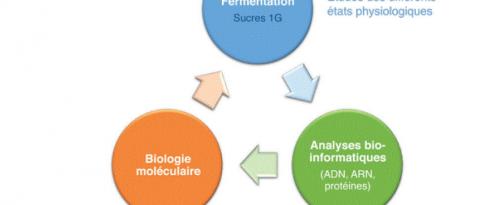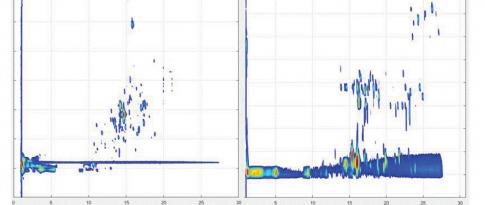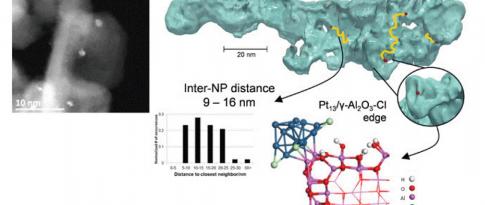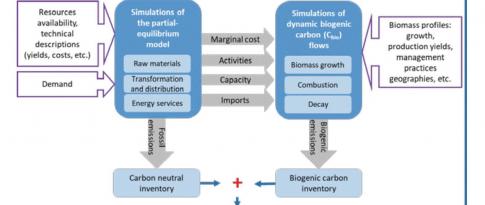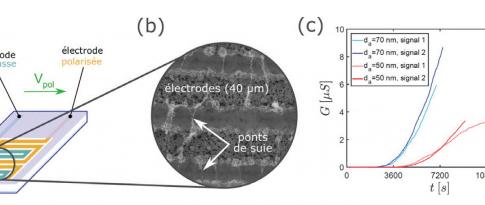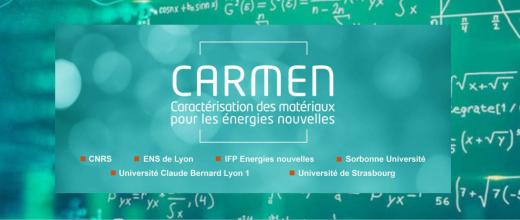13.01.2021
15 minutes of reading
 For IFPEN, a major research and training player, hosting PhD students is an essential mission. These young emerging researchers contribute their dynamism, their fresh vision and their expertise to our fundamental research. In return, they benefit from a high-quality environment and have access to actual challenges and problems that prepare them for their future careers.
For IFPEN, a major research and training player, hosting PhD students is an essential mission. These young emerging researchers contribute their dynamism, their fresh vision and their expertise to our fundamental research. In return, they benefit from a high-quality environment and have access to actual challenges and problems that prepare them for their future careers.
Our PhD students also play a central role in our partnerships with French and international academia. These partnerships are essential in order to overcome the scientific challenges inherent to the development of our innovations and to compare our research with that of the best teams. Moreover, our PhD students regularly win awards reflecting the quality of their work. Scientific excellence and high standards must be maintained and recognized, and it is the purpose of the Yves Chauvin prize. Every year, several PhD students selected by their respective research divisions compete to win it.
In this issue, you can read about the thesis subjects submitted for selection to the Scientific Committee, and in particular those of the two joint laureates: Rémi Hocq and Jérôme Rey.
I hope you enjoy reading this issue,
Pierre-Franck Chevet,
IFP Energies nouvelles’ Chairman and CEO
Optimization of a microorganism of interest for the bioproduction of isopropanol and n-butanol
A major challenge of the energy transition, the substitution of petrochemical processes by bioprocesses requires the use of catalysts (or microorganisms) to produce molecules for industry...
Pretreatment and deformulation of biomass-based products
The development of production processes for fuel and platform molecules from lignocellulosic biomass requires knowledge of the chemical composition, on a molecular scale, of the various liquid products generated...
Two-phase flow simulations: all regimes are now accessible
Numerous technological applications requiring the use of numerical simulation involve complex two phase flows, as is the case with the engine injection context. Most calculation software...
Metal nanoparticles living on the edge
Platinum nanoparticles supported on chlorinated γ-alumina are used in bifunctional heterogeneous catalysts, which are central to numerous industrial processes. An atomic-scale study...
Dynamic flows for better low-carbon strategies
Low-carbon strategies encourage the use of renewable energy sources based, among others, on biomass. The objective of achieving carbon neutrality is expressed via a perfect balance...
Reaction dynamics in zeolites under the quantum calculation spotlight
Zeolites are nanoporous solids widely used as acid catalysts for the conversion of hydrocarbon molecules. However, determining the rates of the elementary steps of reaction mechanisms...
The detection, at a lower cost, of ultrafine exhaust gas soot particles
To protect public health, fine particle emissions produced by IC engines have been regulated by the European Union since the 1990s. In order to comply with these standards, particle filters...
A new numerical tool to simulate the interaction between wind farms and local meteorological conditions
The French long-term energy program is encouraging the growth of wind energy. In order to predict this energy production and attempt to optimize it, irrespective of the production site (sea, mountain), a better understanding of wind flow...







